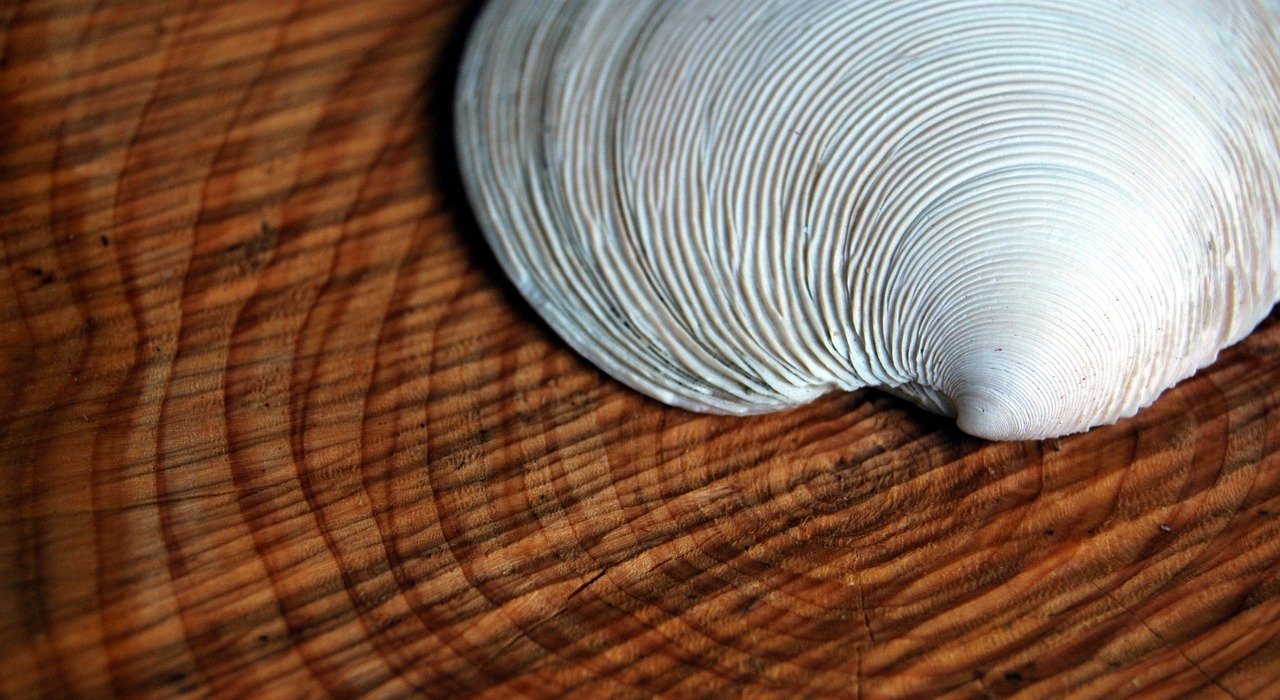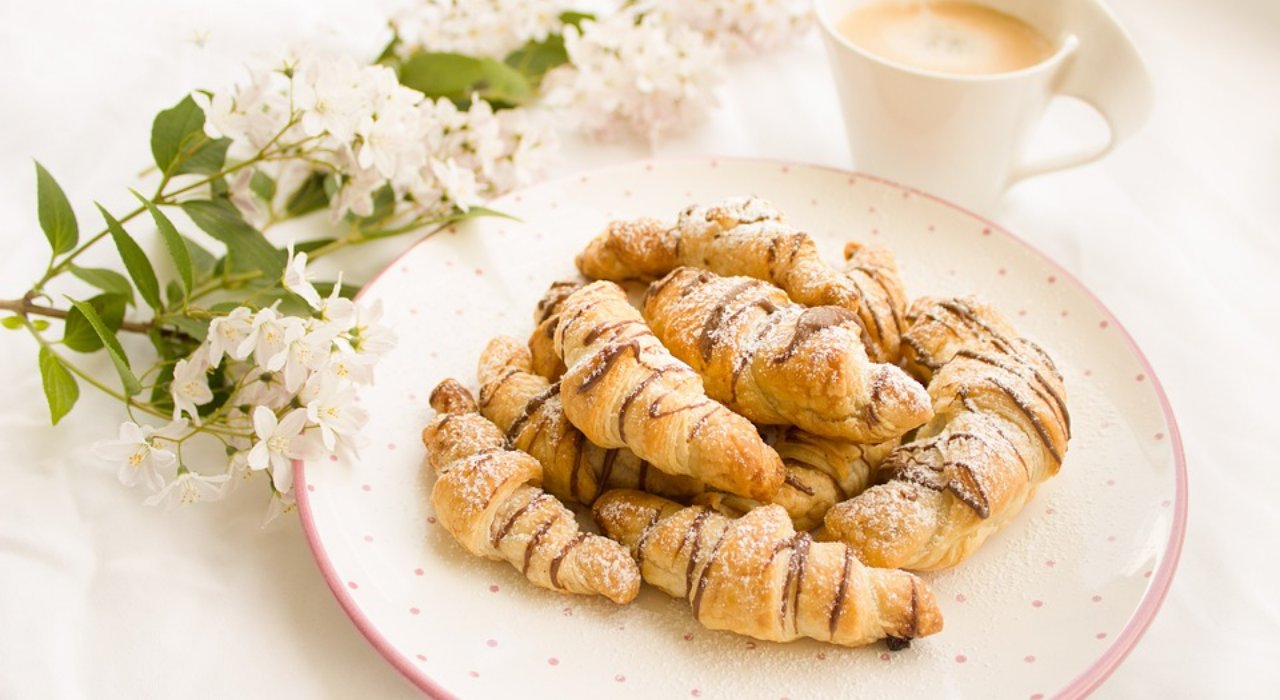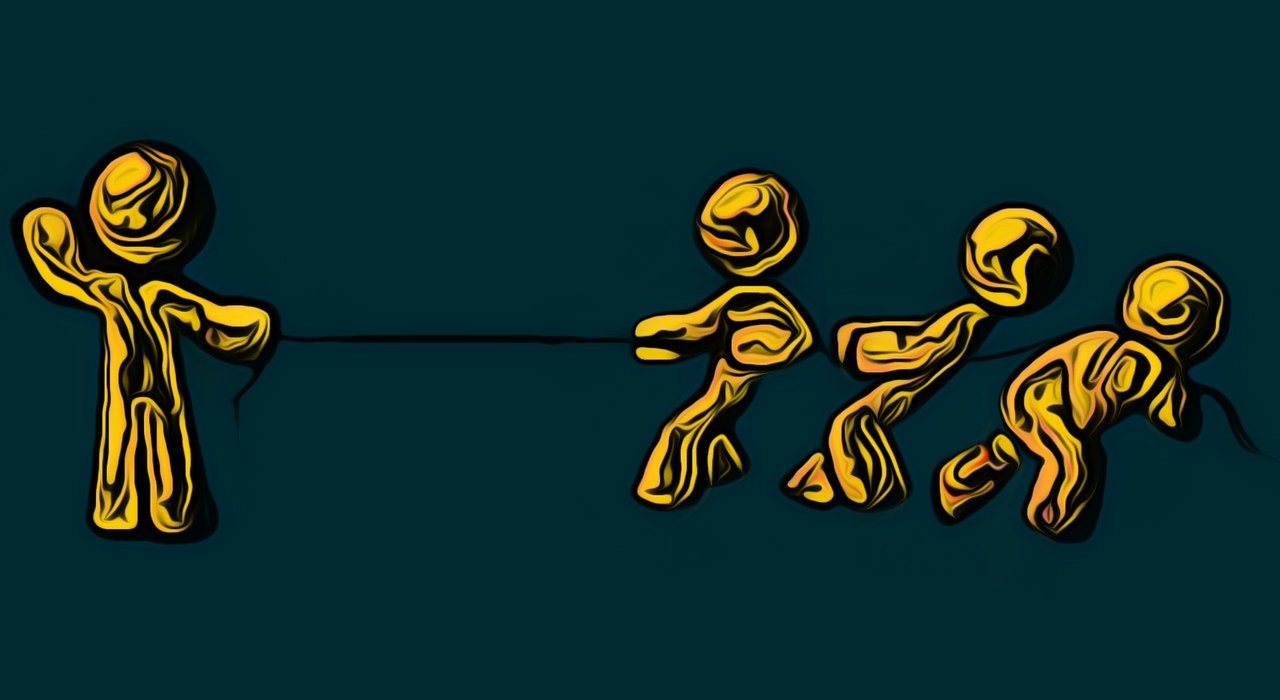In Ex parte Perrot-Simonetta (Appeal 2023-000358), the Patent Trial and Appeal Board (“the Board”) reversed the Examiner’s obviousness rejection based on the principle of inherency.
The claim at issue was directed to a steel part having a particular elemental composition and microstructure and exhibiting certain properties. Specifically, in addition to the specific mechanical strength, elastic limit, and breaking elongation, the claimed steel part had “a constriction at break greater than 30%.”
The Examiner rejected the claim as obvious over Gao in view of Resiak and Han. The Examiner admitted that Gao was silent towards the constriction at break value but reasoned that since Gao described steel having overlapping composition, microstructure, and other mechanical properties, one skilled in the art would have found Gao’s steel necessarily had the recited constriction at break value. The Examiner additionally cited Resiak and Han, which described steel having the recited constriction at break value and admittedly “similar” but not identical compositions, to support her inherency/obviousness position.
The Appellant argued that Resiak and Han provided evidence showing that Gao’s steel did not necessarily possess the characteristics of the claimed product, and thus rebutted, not supported, the Examiner’s allegedly prima facie case. In particular, the Appellant noted that Resiak described a steel with the recited mechanical strength and constriction at break value but not the recited breaking elongation value. The Appellant further noted the different processing parameters for steel described in Gao, Resiak, and Han and argued that the secondary references could not provide any information on the constriction at break value of Gao.
The Board agreed with the Appellant and held that the combined prior art teaching did not support the Examiner’s finding that the recited properties were necessarily present in Gao’s steel. Judge Owens further noted in his concurring opinion that the Examiner had exercised impermissible hindsight.
Takeaway: A prima facie case of either anticipation or obviousness is established when the claimed and prior art products are identical or substantially identical in structure or composition, or are produced by identical or substantially identical processes. However, as shown in Perrot-Simonetta, mere overlap in composition and structure may not be sufficient to establish that the claimed and prior art products are identical or substantially identical in structure or composition.
Judges: Terry J. Owens, Catherine Q. Timm, and Lilan Ren










